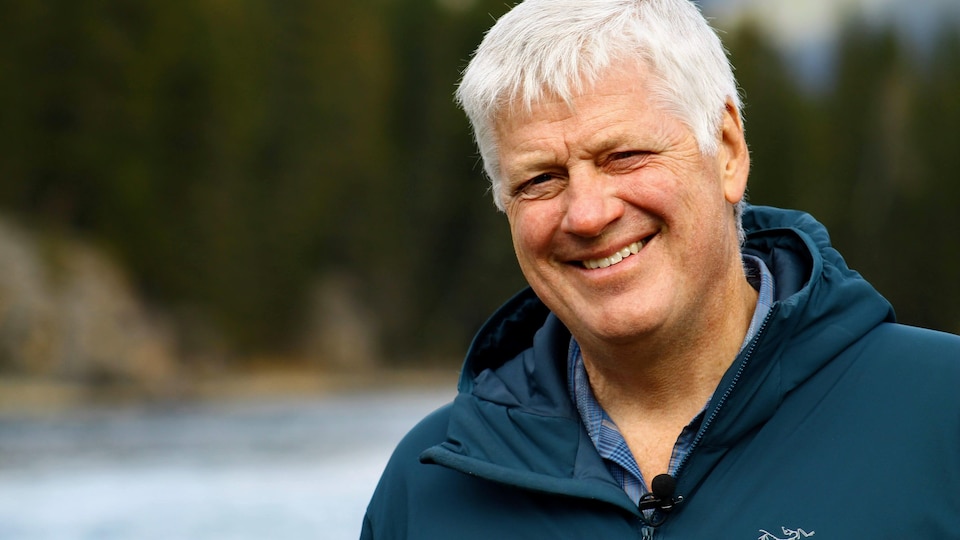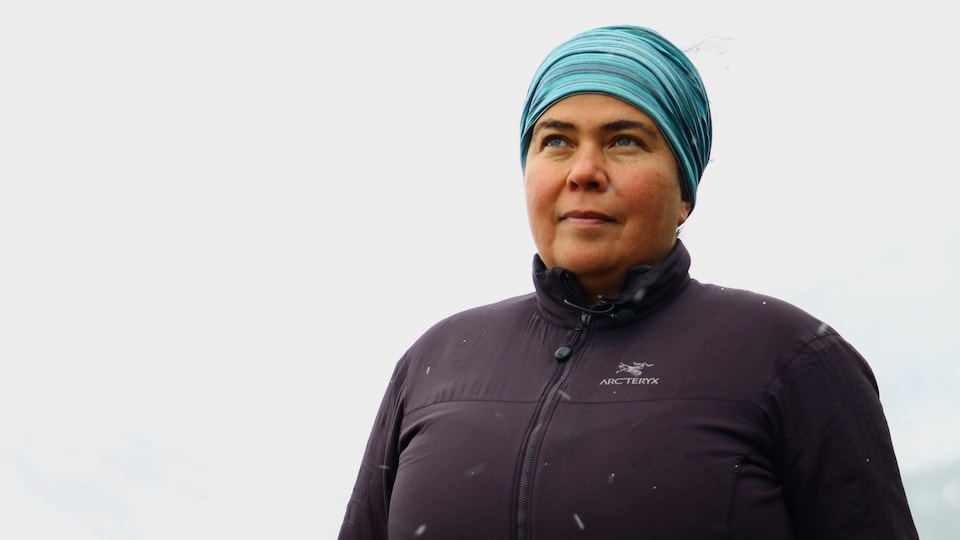Winter is already knocking on the doors of Banff National Park. However, not enough snowfall along the Icefields Parkway to mask the consequences of the thermal dome that hit northwest North America at the end of June.
One of the founders of the initiative From Yellowstone to Yukon Environmental activist Harvey Locke has rarely seen the level of the Po River so low. Snow melt from the thermal dome this summer has reduced the amount of snow in the mountains. This is our future everywhere and all the time in this field
, he explains.
Rapid melting and increased precipitation in the spring help to unbalance the flow of rivers. This is greatest in the spring, but decreases more rapidly with the advent of summer. Snow accumulation in winter is also less.
This means that the ecosystem must adapt to warmer and drier conditions.
Adds Professor Stefan Kinzel in the Department of Geography and Environment at the University of Lethbridge. Together with other researchers, he created an interactive map of climate change in Alberta. In particular, this indicates that severe cold spells are becoming rarer than before in Alberta’s Rocky Mountains.
We really see the consequences here […] It is a profound instability that destabilizes ecosystems, destabilizing the synchrony of animals in their migrations.
Harvey Locke explained.
Safe areas against global warming
So many biologists believe that conservation measures should focus on what they call climate shelters
. These are areas where the evolution of climate change is slower.
These may be areas at altitude, where temperatures remain low, or narrow canyons or riverbeds where moisture limits the effect of higher temperatures.
Maybe that means focusing a little less on protecting a specific species and more on protecting an area that is likely to stay cold longer.
, explains Southern Alberta National Parks Coordinator for the Nature and Parks Association, Sarah Elmeligy.
The Rocky Mountains are indeed a huge sanctuary for many species thanks to the presence of several protected areas. However, the concept can be applied on a much smaller scale.
The work of a team of researchers published in the journal The biology of global change, for example, that the rocky slopes around glaciers can serve as a long-term reserve of water and cold air. These are able to store cold during the winter, before releasing it slowly during the summer. Underground ice melts much slower than ice at the surface.
This type of microorganism can contribute to the survival of certain types of cold-water fish, small rodents, such as the collared pika, or even some predators such as wolverines.
So Sarah El-Meligy believes that it is necessary to identify these climatic refuges, where certain types of animals and plants can live longer. How can we ensure that people continue to visit and experience our beautiful national parks and landscapes without negatively affecting their future ability to adapt? [aux changements climatiques]?
The new Banff National Park interim management plan does not specifically mention the concept of the refuge, but it does provide for further research into the consequences of climate change. The plan, submitted by Parks Canada, has not yet been approved by the federal government.
Facilitate this step
Not only would it be necessary to limit human access to some ecologically sensitive areas, but it would be necessary to facilitate the movement of animals and plants. These will tend to migrate to northern latitudes, but also to higher elevations and less sun-exposed mountain slopes.
According to Harvey Locke, there is a need to increase connectivity between the various regions of the Rocky Mountains, especially outside the national parks.
It shows that what we’ve done in Banff National Park, by building wildlife bridges over and under the road, is really impressive, but we have to do it under other similar circumstances. For example, on Route 3, in southern Alberta and British Columbia, and even in the North and in the United States, on Interstate 90.
We need to create systems, not just examples.
However, everyone acknowledges that adaptation strategies are not quick fixes, especially if reducing greenhouse gas emissions does not accelerate.

“Alcohol scholar. Twitter lover. Zombieaholic. Hipster-friendly coffee fanatic.”




